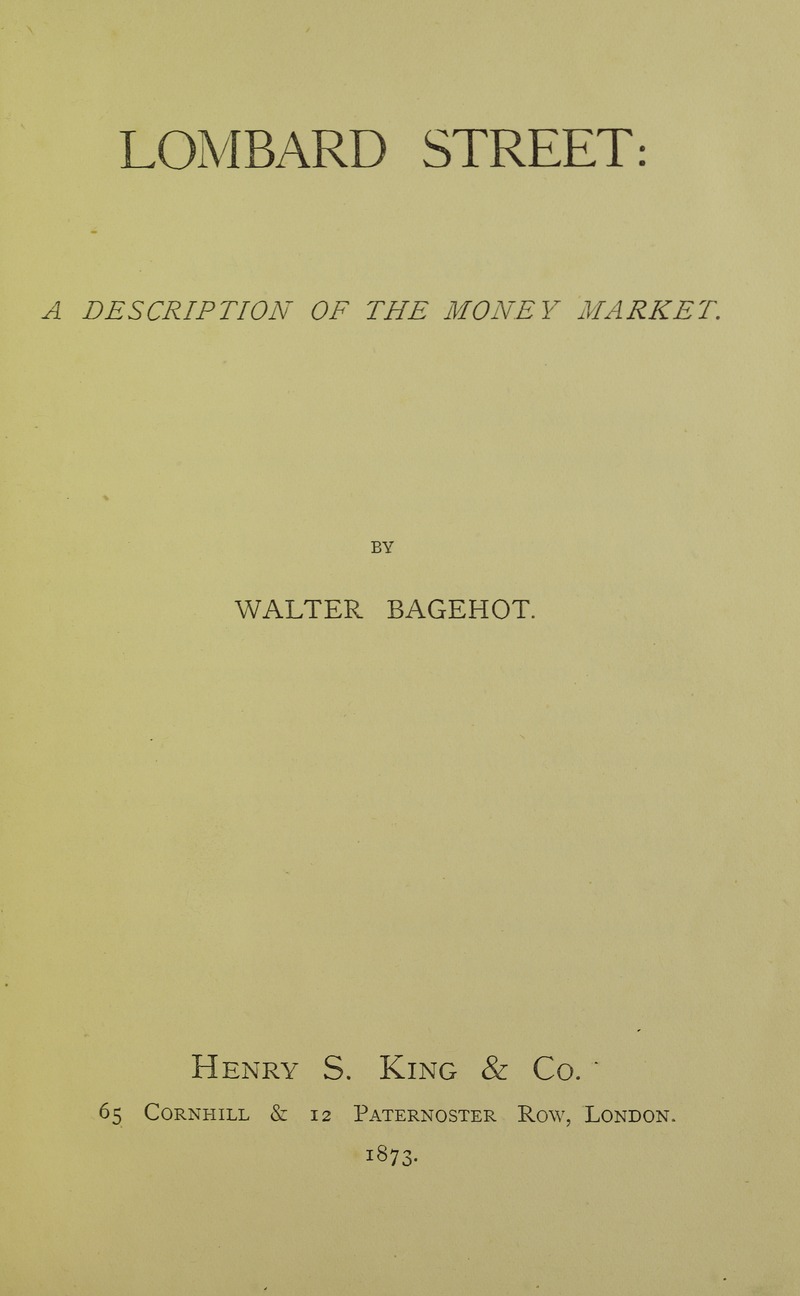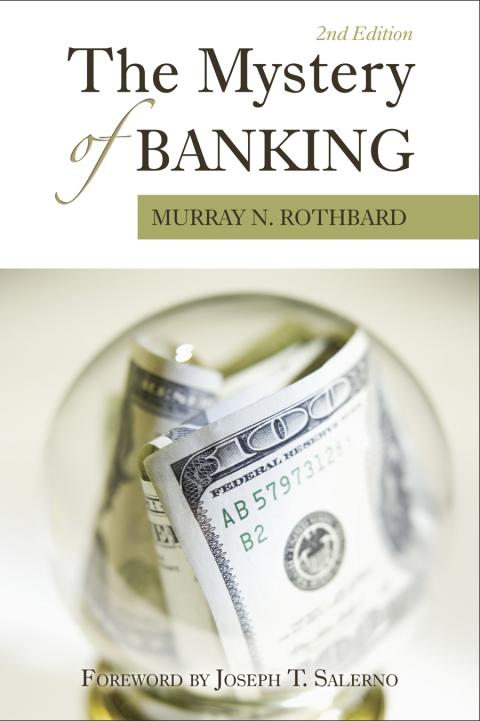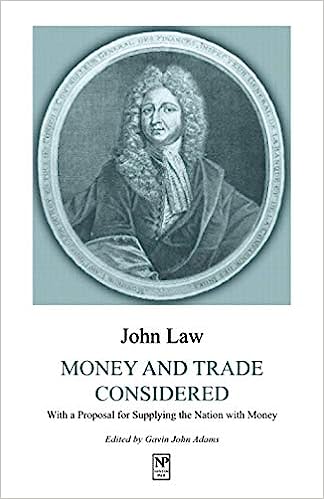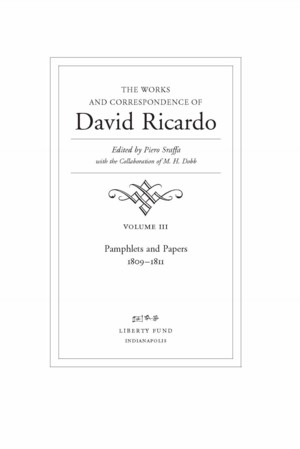
Lombard Street: A Description of the Money Market
- Walter Bagehot (author)
When Walter Bagehot wrote Lombard Street: A Description of the Money Market, in 1873, he did the unthinkable: In language as fresh and clear today as it was over 100 years ago, he respectfully dissected the Bank of England’s foundations, economic incentives, goals, and functions. In the process, he illuminated in a mere few hundred brilliant pages what distinguishes a Central Bank from a commercial bank, both on a daily basis and during crises such as bank panics and recessions.
Related People
Critical Responses
Article
Currency School versus Banking School: an ongoing confrontationCharles Goodhart and Meinhard Jensen
Charles Goodhart and Jensen Meinhard argue in their 2015 article “Currency School versus Banking School: an ongoing confrontation” that the controversy Bagehot supposed “solved” with the arrangements put in place by the Peel’s Act of 1844 are far from over.

Book
The Mystery of BankingMurray N. Rothbard
Murray Rothbard, in his book “The Mystery of Banking” offers not only a different account of the banking system created in England in 1844, but a different perspective on fractional reserve banking and central banking than the one offered by Walter Bagehot in Lombard Street.

Book
Money and Trade Considered: With a Proposal for Supplying the Nation with MoneyJohn Law
Written to prompt political and economic change in Scotland, Money and Trade Considered introduced the public to John Law’s proposals for establishing new systems of banking and paper money. A pioneering work of staggering originality and clarity, it revealed Law’s formulation of several of the…


